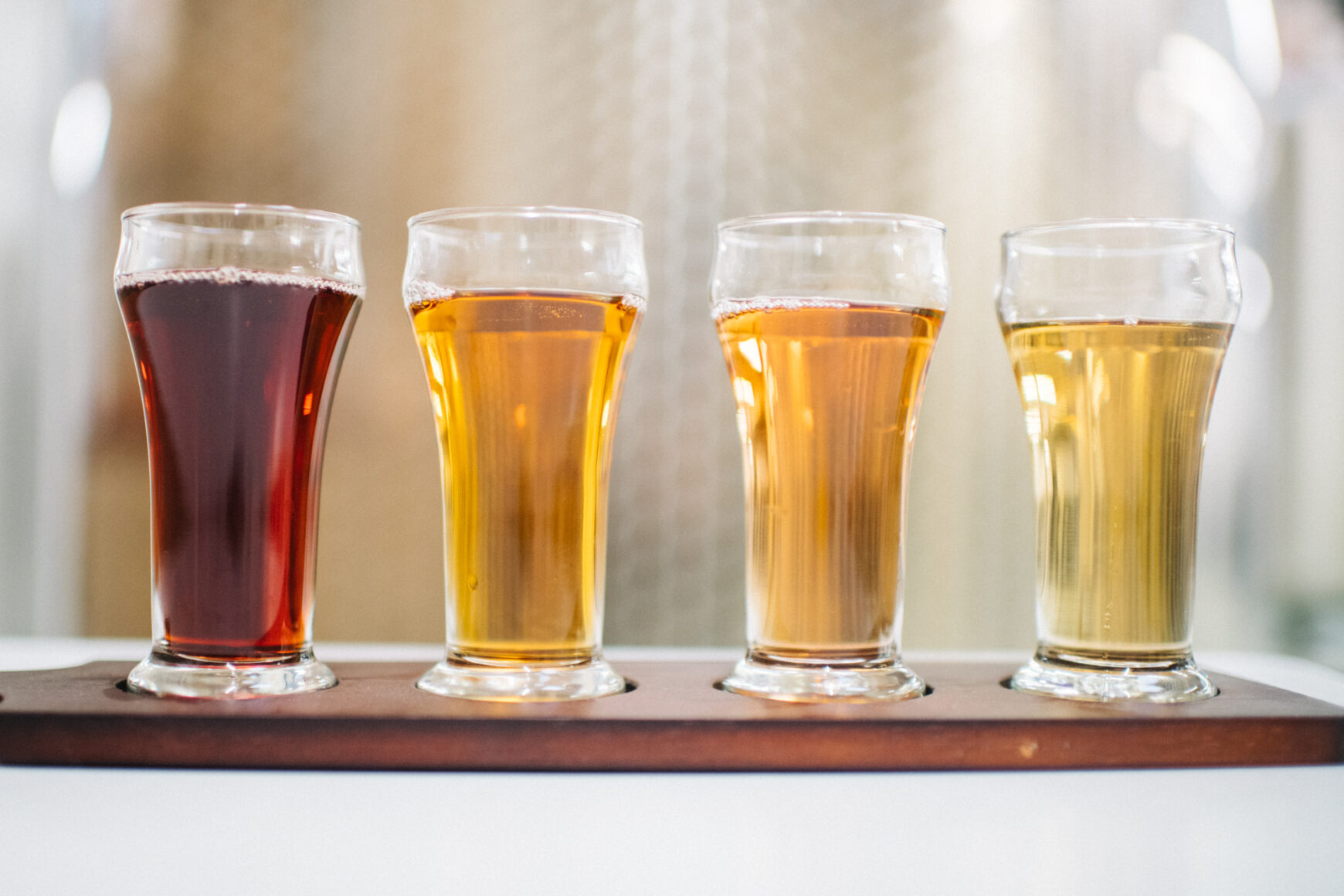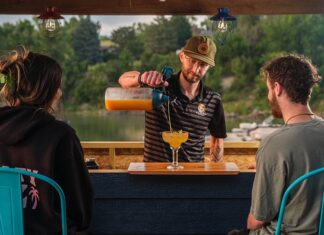The first time Logan Bordewyk recalls being aware of mead was before he was of legal drinking age.
Don’t worry, nothing illegal going on here.
Bordewyk was just paging through Beowulf, one of the longest-surviving pieces of Old English literature.

“My dad had the book in the house, and all I saw was the cover with a guy in chain mail, and I was like ‘What is this?’” said Bordewyk. “It’s actually one of the oldest mentions of mead in history, so that was where I first heard of it.”
As the years went by, his interest in the fermented honey wine deepened.
A native of Sioux Falls, Bordewyk graduated from Lincoln High School, and then spent four years serving with the United States Marines. While on tour, he had several opportunities to travel throughout Europe, Africa, and the Middle East.
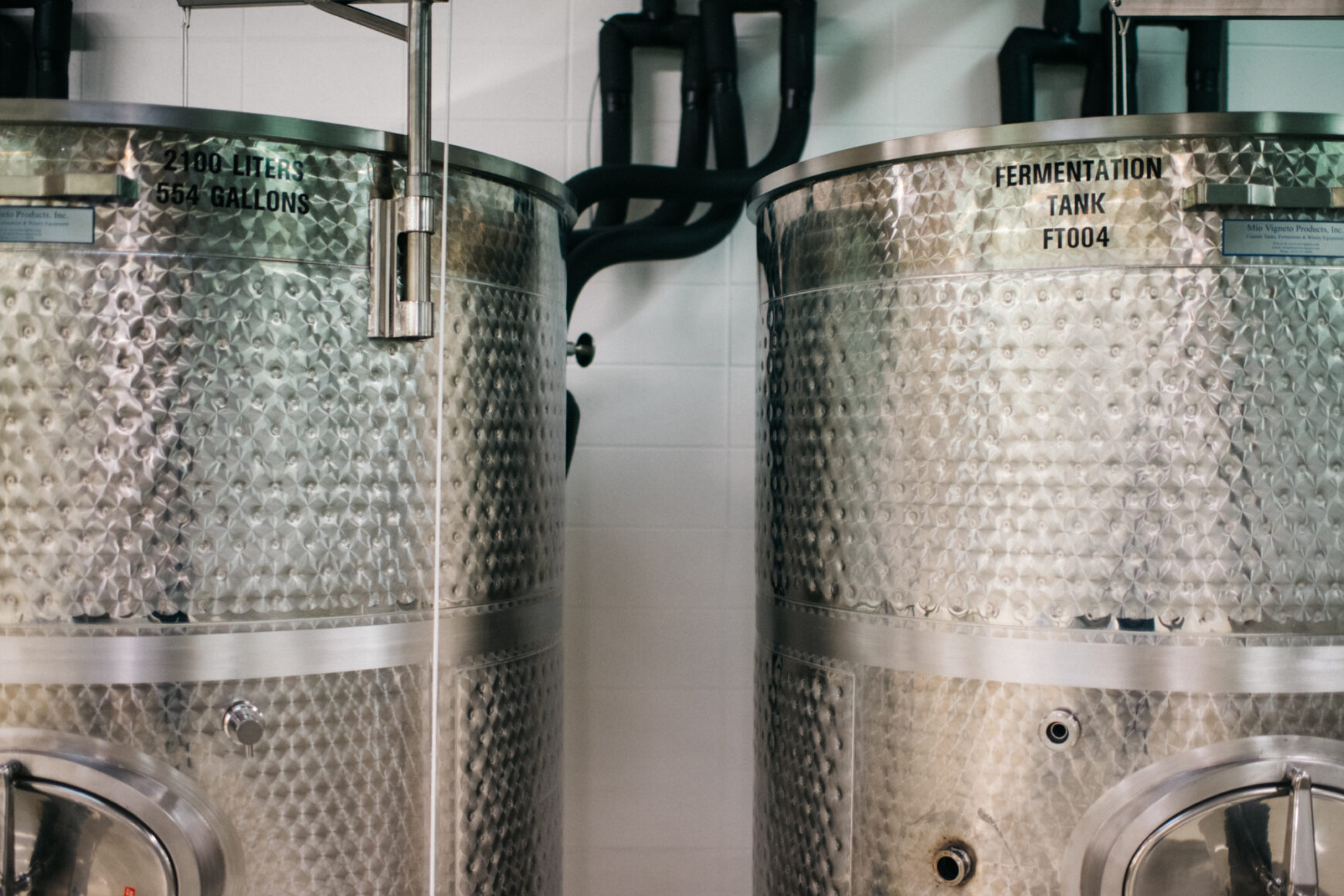
“Mead doesn’t have a strong presence here, and I really want to get people talking about it,” said Bordewyk. “Most people have this perception that it’s kind of like a Viking drink, but it’s everywhere, from Ethiopia to the Middle East, and all around Europe.”
Cue Panacea Meadery.
Named for the Greek goddess and overall symbol of good health, Panacea plans to make its mark on a region that’s fairly unfamiliar with the ancient beverage – Bordewyk’s home in South Dakota.
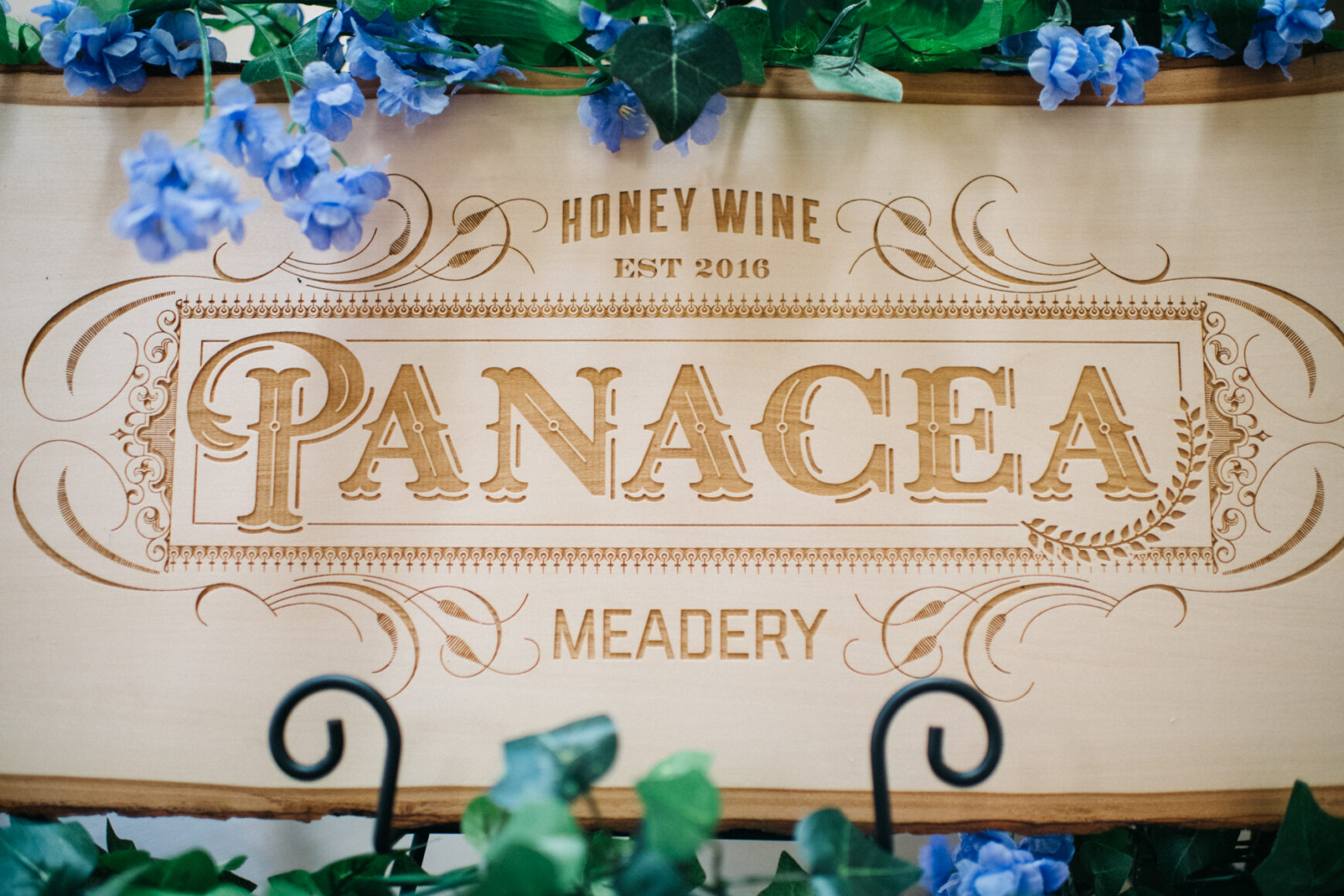
His decision to venture into the mead industry began gaining steam in 2015, and by 2016, Bordewyk had moved into a production facility in northern Sioux Falls.
Here, he’s spent the last two years fine-tuning his process, from product development to licensing and branding.
“We’re going to be the premier meadery in South Dakota,” he said.
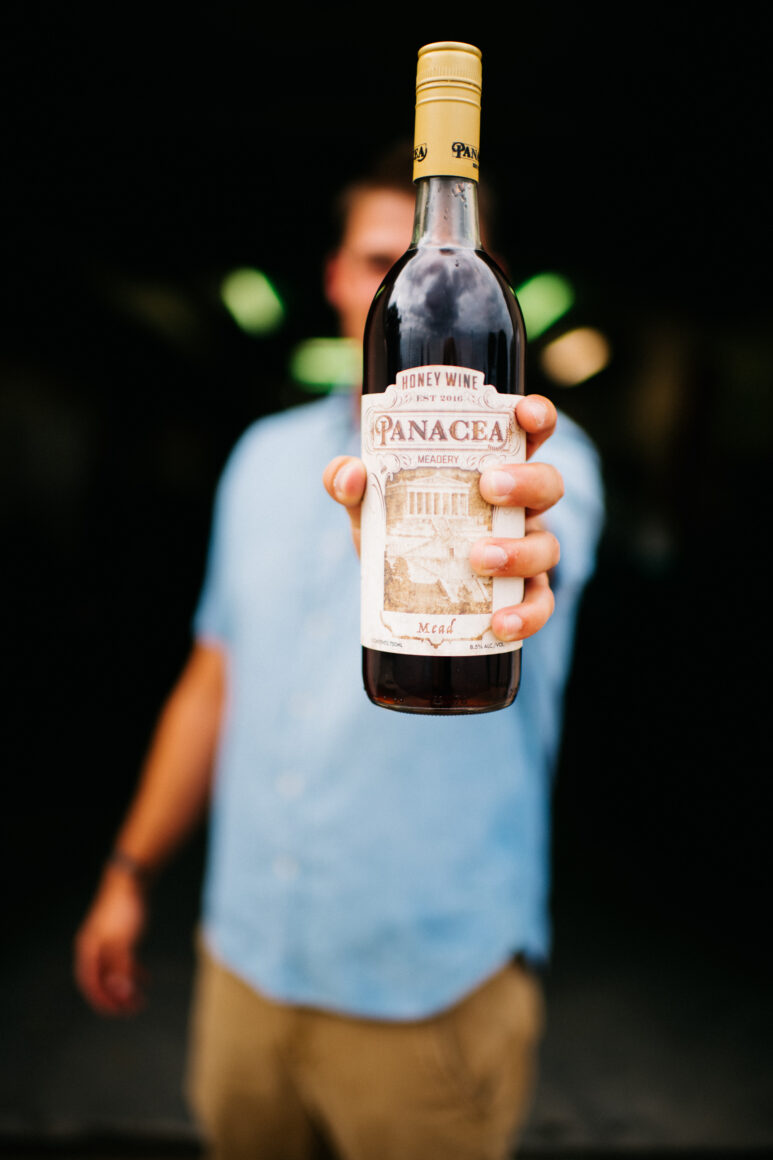
As one of the very first enjoyed alcoholic beverages, mead has a long and rich history. Fermented with honey – the original sweetener before sugar cane – it comes in countless varietals, from sweet to dry, and everything in between.
While its popularity declined over the years, after the invention of beer and increasing interest in grape wine, mead is actually on the rise now, according to Bordewyk.
“People are craving a wider selection of craft beverages, and I like to think that Panacea’s a way of reintroducing mead into everyone’s life,” said Bordewyk.

Panacea plans to produce meads with a lower alcohol content, so they can be enjoyed and appreciated without the intensity of a high alcohol volume.
“It can be done in so many different ways,” explained Bordewyk.
A braggot is a type of mead mixed with beer, typically a bitter or sour beer to balance it out.
Pyment, on the other hand, is mead blended with grape juice.
And those are just a couple of the countless varieties and styles.
As such, Bordewyk considers education to be a key element of introducing mead to the South Dakota community.
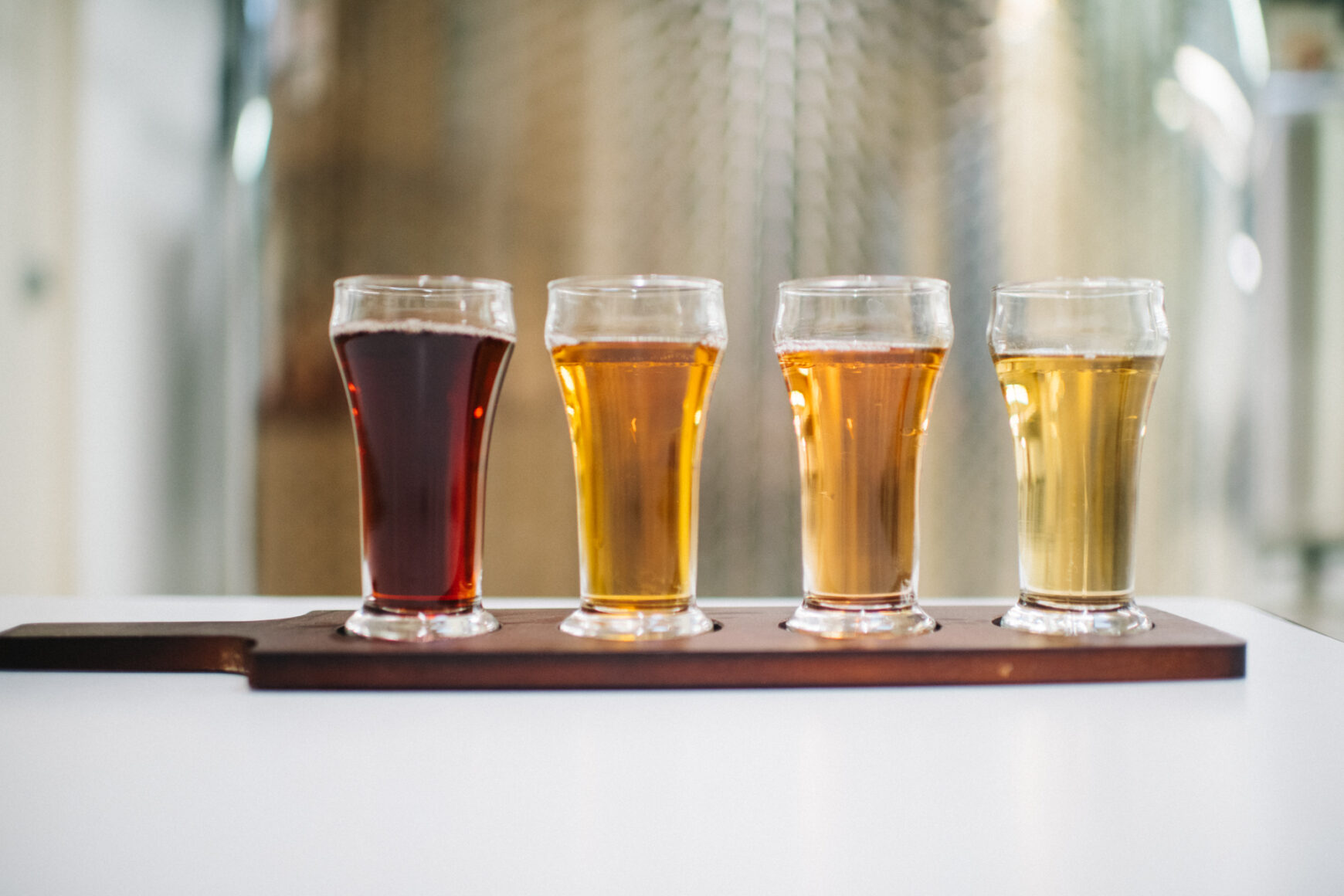
“You can cook with it, you can glaze with it,” he said. “The education part is the most important piece. No one wants to just dive in, they want to know what they’re getting into.”
For the time being, Bordewyk says Panacea will be focused solely on distribution. He hopes to bring their mead to the shelves and taps of as many of the state’s liquor stores, restaurants, and watering holes as possible.
“It’s an untouched market in this area, but it’s definitely got a strong presence as far as the people who do know about it – they go crazy for it,” he said. “It’s really a community.”
While several area wineries offer mead among their other wines, South Dakota didn’t have its own meadery until now.
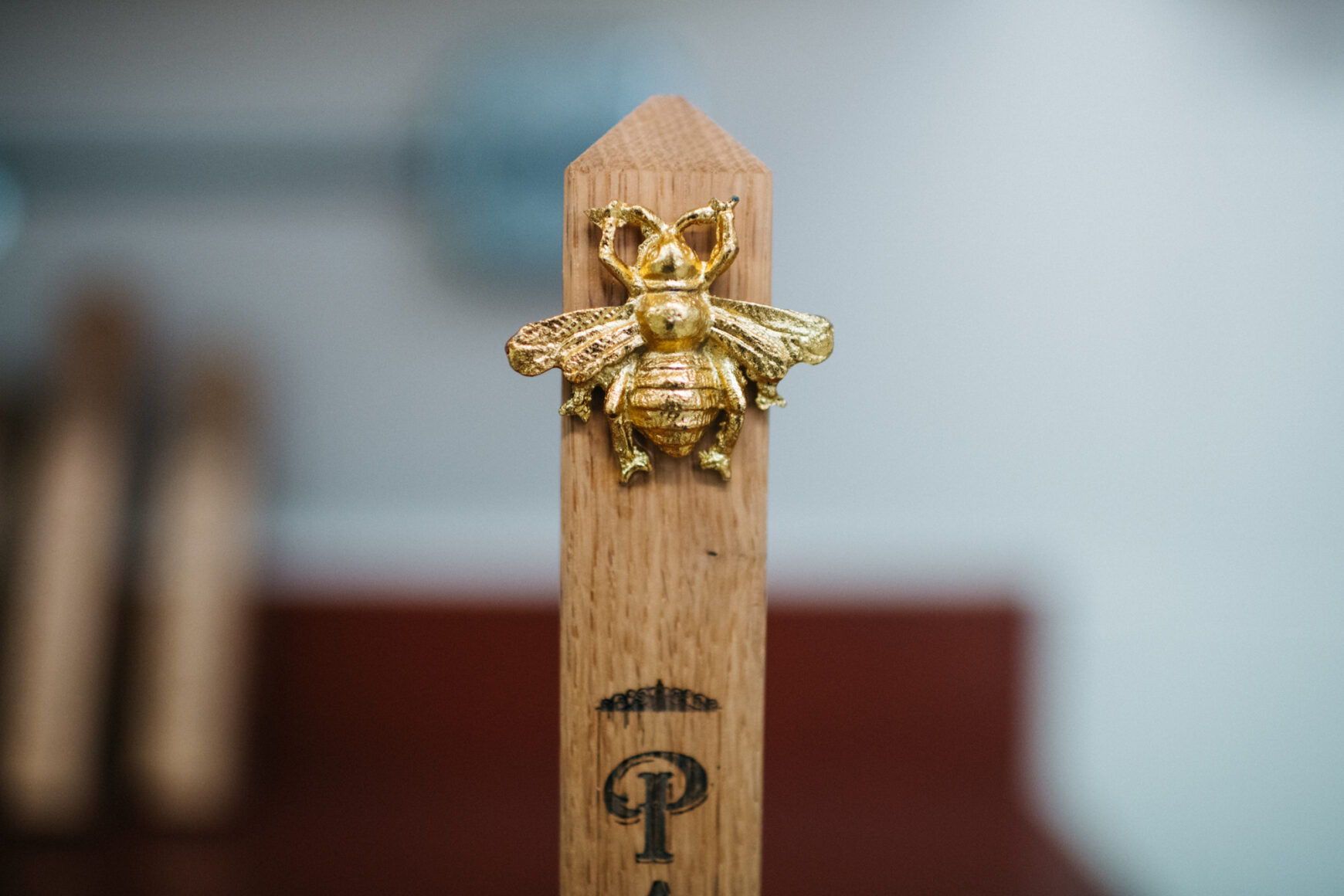
It’s a bit ironic actually, considering South Dakota’s status as one of the top honey-producing states in the country.
“I want it to be South Dakota’s thing,” said Bordewyk. “People here are very passionate about this state, and we’ve got a lot to offer. Sometimes people don’t realize it at first, but we do.”
And fall of 2018, we’ll have mead.
For more information, visit panaceahoneywine.com.


